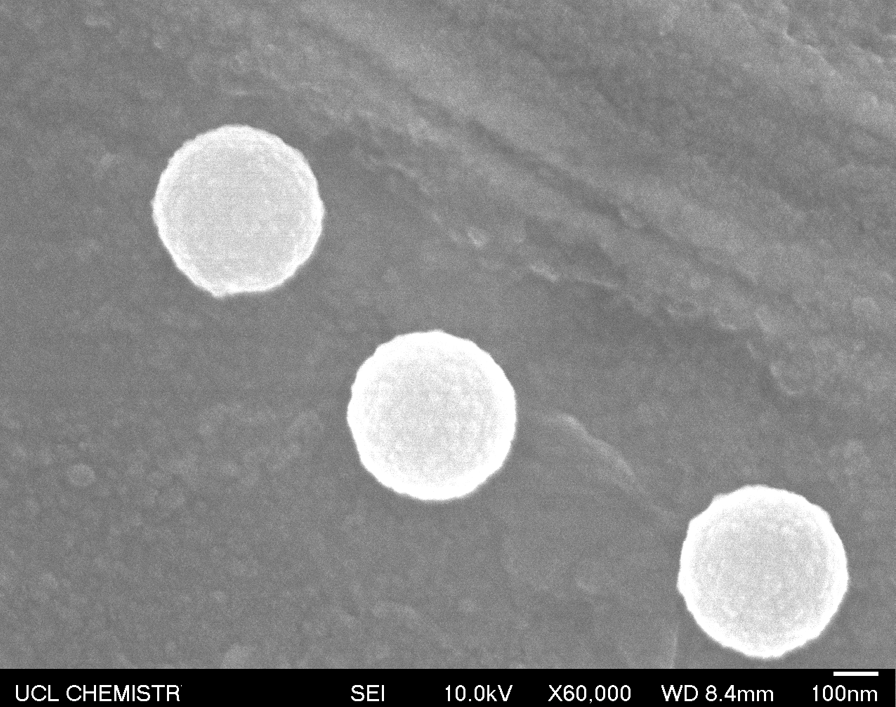How to detect Dark Matter?
We are professional ghost hunter. But the ghost we are looking for is not your typical poltergeist or ghoul. Oh no, for our ghost is far stranger.
This ghost lurks in the shadows of the universe but can be found everywhere.
It doesn’t make a sound or emit any light but holds our universe together. Without it, our galaxy would never have formed.
For this ghost is the mysterious dark matter and makes up over 85% of the mass of the universe.
The truly scary thing about dark matter is that we do not know what it is but we know that it is there. From astronomical observations, dark matter could be less than the mass of an electron or ten times the mass of the sun.
What is the evidence of dark matter?
When we look at the night sky, we see something very peculiar.
In our solar system, as a planet moves away from the sun, it rotates more slowly and takes longer to go around it. That’s why a year on Pluto is longer than on the Earth.
However, when we look at distant galaxies something weird happens. As measured by Vera Rubin in the 60s and 70s, as you move away from the center of the galaxy, it doesn’t slow down but rotates at the same speed.
But why? This can be explained by there being mass distributed throughout the galaxy, which is invisible to our detection, some dark matter.
And this ghost isn’t just in distant galaxies, it haunts the Earth. Dark matter is so weakly interacting that it passes through the Earth every day without us noticing.
So how do you detect a ghost? Whilst you can’t look for it directly, you feel it’s ghostly presence. A flap of a chair, a cup slowly floats up into the air and then bam it flies across the room. And this idea is the cornerstone of our research.
But dark matter is pretty weak and can’t push a cup. So, we need to go smaller, lighter, microscopic, a glass sphere smaller than the thickness of a human hair.
Even then dark matter still can’t push it so we give it a helping hand. We levitate these spheres and hold them in place using electric fields.
Whilst there is a lot of dark matter in the universe, the likelihood of it interacting with our tiny glass sphere is low so we continuously monitor these spheres for months on end. What we are looking for are small changes in the position of the glass spheres.
Like in a game of pool, the dark matter collides with the sphere. The dark matter moves one way and the sphere another. Although we can’t see the dark matter directly, how quickly the sphere moves and the direction it moves in, tells how much energy the dark matter has and what the nature of it is.
These experiments are currently ongoing and one of the many in the global effort hunting for dark matter but these microscope grains of dust might find our ghost and answer one of the biggest questions in Physics.
If you would like to learn more, check out our latest paper:
EDU-Qs for schools
Astronomical research has revealed a staggering 85% of the universe consists of elusive Dark Matter. With support from the Quantum Technologies for Fundamental Physics (QTFP) programme, we have developed a demonstration Paul Trap which forms the basis of a series of free secondary school sessions designed share our passion for our work and to increase participation in STEM subjects beyond GCSE and A Level. If you are interested in inviting us to visit your school, please contact Dr Jonathan Gosling (jonathan.gosling.14@ucl.ac.uk).
Orbyts
Orbyts is a UK-wide extracurricular programme aimed at increasing participation in research from underrepresented groups at secondary school and sixth form level. It consists of 8-14 sessions guided by a young researcher (PhD or postdoc) in which students take ownership of their own research project and present their findings to other students at the end-of-project conference. For more information or to sign up your school for the next academic year, please visit their website:





